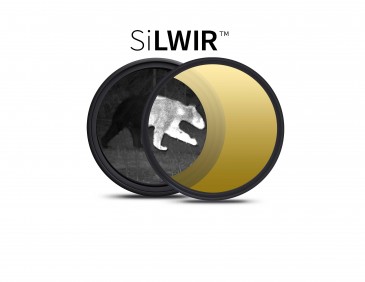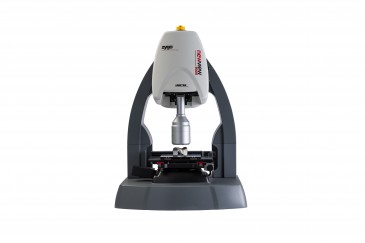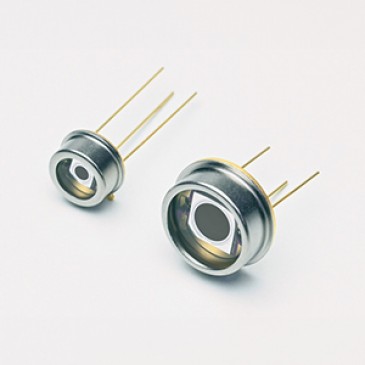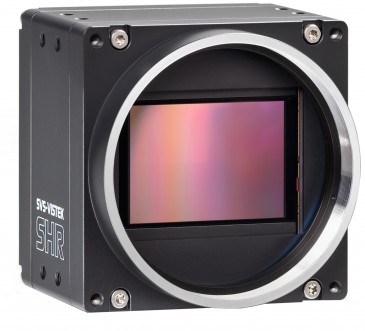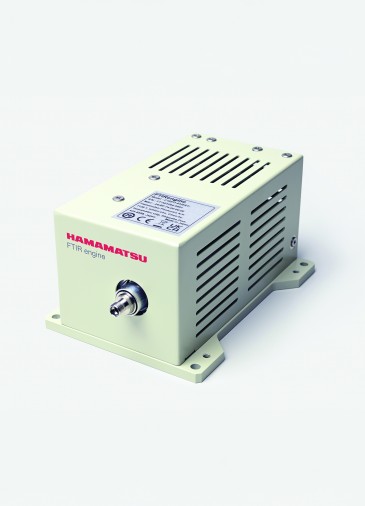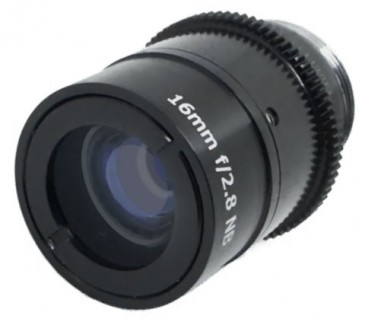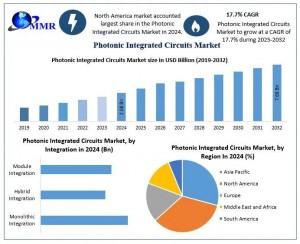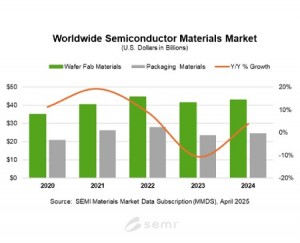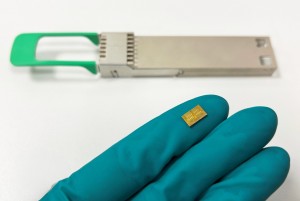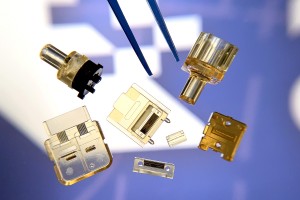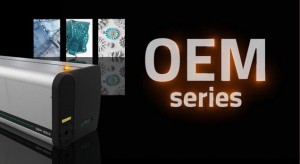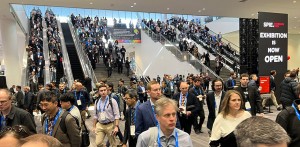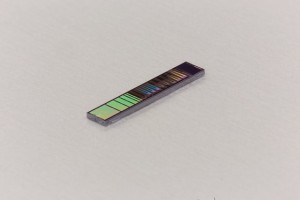
The Micro/Nano Photonics research group at the University of California, San Diego Jacobs School of Engineering has shown a way to emit and control quantum light, generated using a room-temperature quantum optics silicon chip. Using silicon to make a quantum photonic pair source with easily tunable spectral properties could be a quantum leap in nano-photonics.
While silicon is not a spectacular light emitter, the material is a good option for chips that emits quantum light at room temperature, an essential property if a technology is intended to be used widely. “What we have done is pattern the silicon chip using the same techniques of lithography that are used, for example, to make microprocessors into waveguides and micro-resonators such that the efficiency of generating quantum light is enhanced manyfold,” says Shayan Mookherjea, associate professor of electrical and computer engineering at UC San Diego. The basic principles at work, he explains, are confinement of light into a small cross-section, thus increasing the optical field intensity for a given input power, and using micro-resonators to further increase the light intensity and control the velocity at which light propagates.
Photon pair with easily tunable spectral properties
The joint spectral intensity (JSI) of a quantum photon pair source is an important parameter, and Mookherjea says his team has designed a device with unique and useful properties. “The characteristics of the quantum light — in particular, the spectrum of the two photons that are spontaneously generated — can be varied more easily than has been demonstrated using non-chip-based quantum light sources in the past,” he points out, attributing this beneficial feature to the device architecture, which consists of a sequence of micro-resonators that segment the JSI space into discrete “dots”.
“A combination of several factors — the resonant wavelengths of the micro-resonators, the temperature of the chip, and the wavelength of the pump beam — determine the shape of the resulting JSI and also determine the quantum-mechanical properties of the resulting photons, e.g., how ‘entangled’ or ‘separable’ they are,” Mookherjea says.
Previously, the requirements for controlling the JSI of a photon pair source have made the photon-pair source apparatus bulky, vibration-sensitive, expensive and not portable. “Our chip makes the process of controlling the JSI much simpler, more compact and lightweight,” the Mookherjea says. The JSI of his chip is easily variable by either tuning the chip temperature or the wavelength of the laser diode pump. A versatile photon pair source architecture whose JSI can be varied that easily is adaptable and optimizable for different quantum optics applications with very different photon source requirements, on demand.
In practical applications of quantum optics, it is sometimes necessary to monitor the quality of photon pairs generated by a quantum light source. “Since quantum properties such as entanglement do not have classical equivalents, measuring how a pair source is performing or optimizing its regime of operation is a difficult task,” Mookherjea says. “Our chip architecture may help develop programmable and controllable photon pair sources.”
Furthermore, using silicon as the primary material and employing fabrication techniques already commonplace in the micro-electronics industry may help move UC San Diego’s pioneering device from the laboratory to practical system applications. After all, Mookherjea says, “Our chip works at room temperature, whereas many other methods of generating quantum light require cryogenic cold temperatures.”
Encoding photon using frequency-time entanglement
Other research teams have been studying how to create quantum light sources that generated highly-entangled photons that can carry several bits of information per photon. But concepts developed thus far are impractical and expensive. “Our technique may be a simpler alternative to encoding several bits of information per photon by using frequency-time entanglement,” Mookherjea says. “What we propose is more compatible with the classical fiber-optics infrastructure already in the internet hardware so that potential applications of quantum photonics can co-exist alongside classical lightwave communications in today’s networks.”
His group is now working on the design of their next silicon photonic chip. “This should greatly increase the number of usable photon pairs per second, possibly exceeding the rates of other device technologies by a large margin,” the expert says. “Our goal is to demonstrate a manufacturable, silicon-based chip-scale quantum communications transceiver device.”
The study is detailed in the article “Controlling the spectrum of photons generated on a silicon nanophotonic chip,” published in Nature Communications.
Written by Sandra Henderson, Research Editor, Novus Light Technologies Today


























 Back to Features
Back to Features